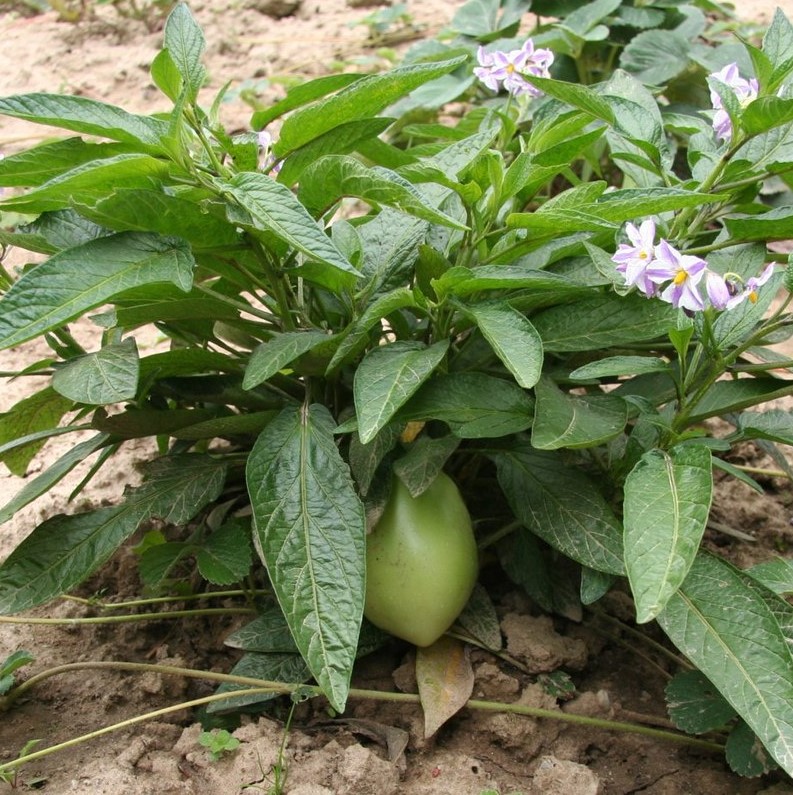Solanum muricatum
Overview
| Genus | Solanum |
| Species | muricatum |
| Common Name | Pepino |
| Abbreviation | S. muricatum |
| Ploidy | Diploid |
| Chromosome Number | 2n=2x=24 |
| Genome Size | 1200 Mb |
| Genome Assemblies | 1 |
| Cross Reference | NCBI taxon: 205567 |
Organism Image

Description
Solanum muricatum is a species of evergreen shrub native to South America and grown for its sweet edible fruit.
It is known as pepino dulce ("sweet cucumber" in English, in order to differentiate it from cucumber which is also called "pepino" in Spanish) or simply pepino. The pepino dulce fruit resembles a melon (Cucumis melo) in color, and its flavor recalls a succulent mixture of honeydew and cucumber, and thus it is also sometimes called pepino melon or melon pear. Another common name, tree melon, is more often used for the papaya (Carica papaya) though the pepino dulce plant generally does not look much like a tree; it looks more like a ground cover, trailing plant. The present species is, however, a close relative of other nightshades cultivated for their fruit, including the tomato (S. lycopersicum) and the eggplant/aubergine (S. melongena), which its own fruit closely resembles.
The fruit is common in markets in Colombia, Chile, Bolivia, Peru and Kenya, but less often overseas because it is quite sensitive to handling and does not travel well. Attempts to produce commercial cultivars and to export the fruit have been made in New Zealand, Turkey, Mauritius and Chile.
S genes
Solanum muricatum S genes
Downloads
The Solanum muricatum S gene sequences are available in FASTA format.
| CDS and Protein (FASTA file) | S-gene_Solanum_muricatum |
Publications
Song X, Liu H, Shen S, Huang Z, Yu T, Liu Z, Yang Q, Wu T, Feng S, Zhang Y, Wang Z, Duan W. Chromosome-level pepino genome provides insights into genome evolution and anthocyanin biosynthesis in Solanaceae. Plant J. 2022 May;110(4):1128-1143. doi: 10.1111/tpj.15728.